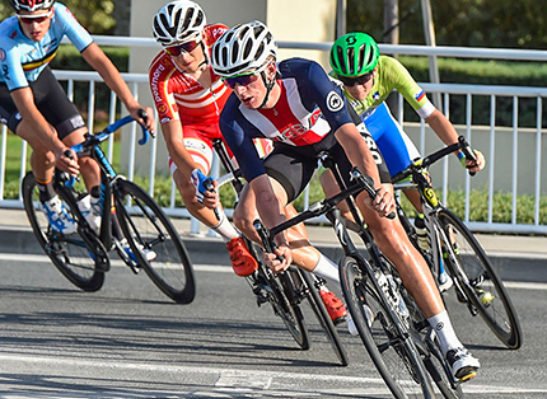In 2018, New York City recorded ten biking deaths—an all-time low for this city of nicely over eight million humans, and a signal that maybe Mayor Bill de Blasio’s Vision Zero initiative, an movement plan to quit traffic deaths by using 2024, was working. Now, most effective midway through 2019, the loss of life toll is already at 15, and cyclists right here are awash in reputedly relentless waves of grief and outrage. So why the hell is that this was going on?

This maximum recent spate of biking deaths started on Monday, June 24, when a truck driving force hit and killed 20-yr-vintage bicycle messenger Robyn Hightman on 6th Avenue close to the twenty-fourth Street in Manhattan. Antonio Garcia kept going and most effectively returned to the scene after some other motive force stopped him. The NYPD wrote Garcia five tickets—for truck inspection violations, now not for killing a human being—and video shows an officer consoling him as he returns to his automobile.
By the next day, the NYPD has been cracking down on bicycle infractions on the region of Hightman’s loss of life, a macabre and ironic ritual familiar to New York City cyclists. According to The Gothamist, any such officials additionally took the extra step of blaming the victim:
Even if we deliver Officer Negron the benefit of the doubt and assume he without a doubt didn’t recognize that Robyn Hightman desired they/them pronouns (I sincerely hope it truly is the case), the fact that we’re five and a half years into Vision Zero. The NYPD remains to blame crash sufferers for their deaths feels pleasant like obstinance and, at worst, contempt for all people who are no longer using a motor car. Then there’s the infuriating dissonance of an officer running on a “bicycle unit,” implying that the Sixth Avenue bike lane is even remotely passable on a Monday morning.
And Robyn Hightman’s demise became simply the start of what became out to be a mainly bloody week. On Thursday, June 27, cyclists held a memorial experience for Hightman. That same night, a teenage driver killed 54-12 months-vintage bicyclist Ernest Askew in Brownsville, Brooklyn, a community still lacking lots of the bicycle infrastructure wealthier components of the town now take as a right. And on Monday—the day of Askew’s vigil and one week after the loss of life of Hightman—a cement truck motive force killed 28-yr-vintage bicyclist Devra Freelander in Bushwick, Brooklyn.
As for Mayor Bill de Blasio, who’s presently walking for president of the United States, his initial response to the biking death uptick in his outside became rather vexing. After Robyn Hightman’s death, he defended the achievement of his Vision Zero program and then went on about the meant risks of e-motorcycles. (De Blasio has been waging a struggle towards e-bikes because of January 2018, no matter the fact that e-bike riders have already attained Vision Zero by using killing precisely 0 people.) But after the deaths of Askew and Freelander, he changed his tone, acknowledging that we have an “emergency on our palms” and vowing to take action. In a public statement, De Blasio stated he’d told the NYPD to take “foremost enforcement action” to “crackdown on risky using behavior like parking in motorcycle lanes.” He added, “At the same time, I have charged the Department of Transportation with growing a new cyclist safety plan to make cycling in our metropolis more secure. No lack of lifestyles on our streets is appropriate.”


![[Not] a century of girls’s sports July 1, 2019 3 [Not] a century of girls’s sports July 1, 2019](https://aws.wideinfo.org/gamingerox.com/wp-content/uploads/2019/07/08082042/alison-stoke.jpg)


